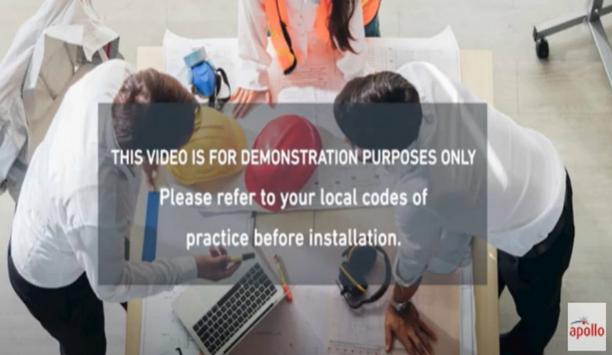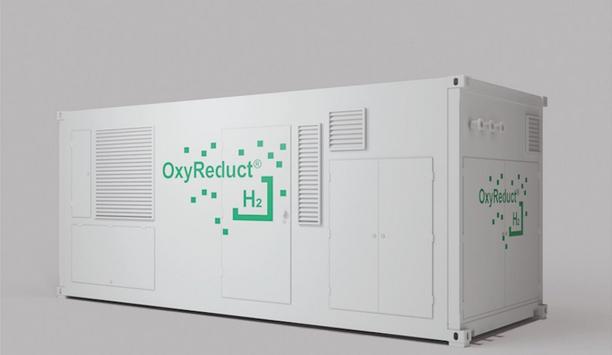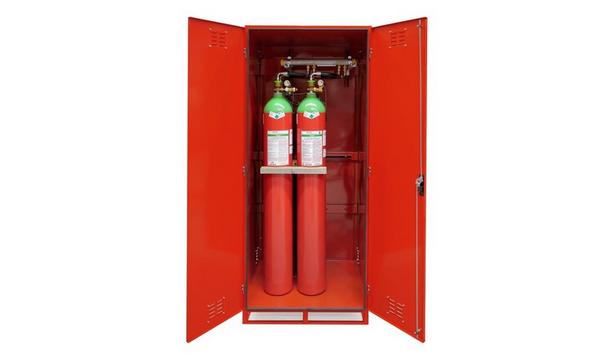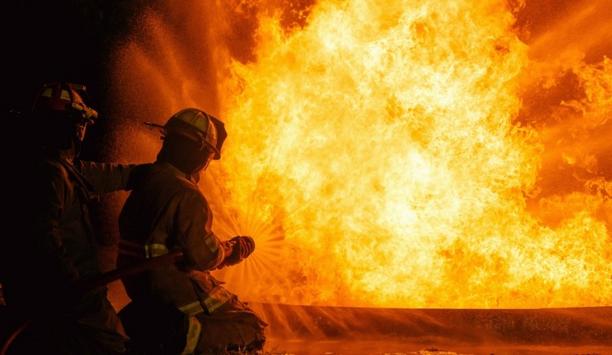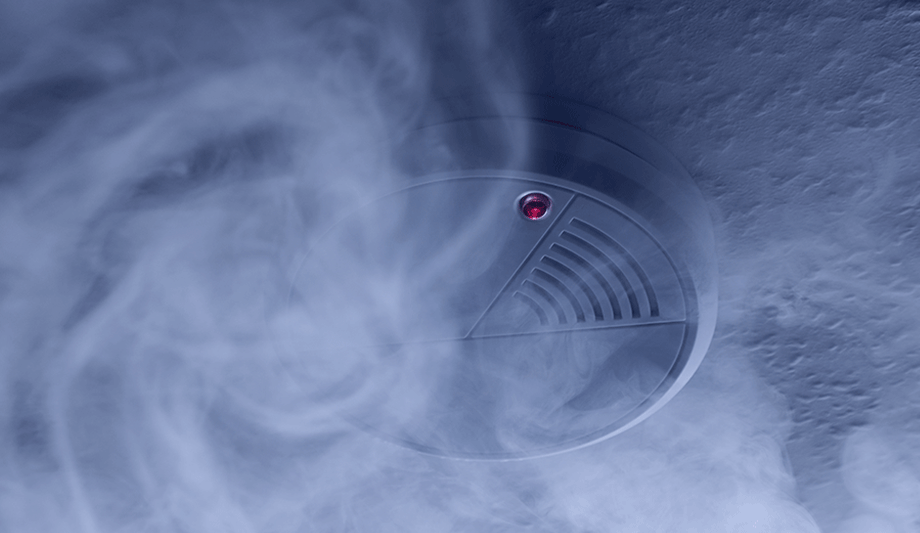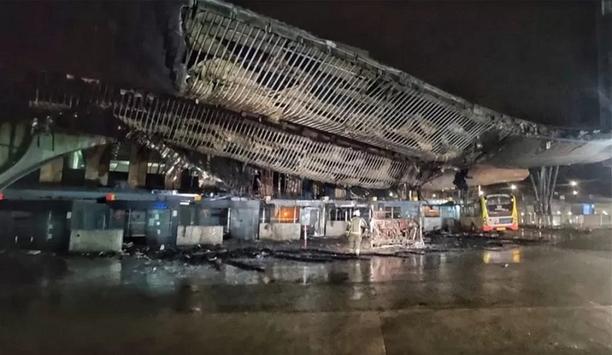Many fire departments across the United States conduct home safety surveys and have smoke alarm installation programs. Some departments, however, remain concerned about their possible liability if a fire leading to property loss, injury or death occurs after they install smoke alarms.
Recent research from The Network for Public Health Law found no cases in which the courts — at any level — held nonprofit organizations, volunteer organizations, local governments, or fire departments liable for damage or injury associated with smoke alarm installation in non-public housing.
Conducting safety program
Three states — Arkansas, Connecticut, and Delaware — have statutes that explicitly address smoke alarm installation and provide immunity from liability for non-profit organizations, municipal governments, and fire departments that distribute or install free smoke alarms.
Other states provide immunity for fire department programs beyond fire protection services
Other states provide immunity for fire department programs beyond fire protection services. Georgia, for example, provides immunity for any volunteer conducting a safety program, including those related to home safety and fire hazards. In most states, forms of liability immunity are provided when the public service agency:
- Installs smoke alarms according to manufacturer’s instructions.
- Installation occurs within the course of the fire department's official capacity.
- Services are provided free of charge to the resident and/or homeowner.
Carbon monoxide alarm systems
The 2019 edition of National Fire Protection Association (NFPA) 72, National Fire Alarm and Signaling Code, Chapter 29, addresses the application, installation, and operation of household fire and carbon monoxide alarm systems. According to NFPA 72, Section 29.8.1.1, smoke alarms should be installed:
- In all sleeping rooms and guest rooms.
- Outside of each separate dwelling unit sleeping area, within 21 ft (6.4 m) of any door to a sleeping room, with the distance measured along a path of travel.
- On every level of a dwelling unit, including basements.
- On every level of a residential board and care occupancy (small facility), including basements and excluding crawl spaces and unfinished attics.
- In the living area(s) of a guest suite.
- In the living area(s) of a residential board and care occupancy (small facility).



